Properties of PE Gas Pipe
PE gas pipe is made of polyethylene, a type of plastic that is known for its strength, flexibility, and resistance to corrosion. It is also resistant to UV radiation and can withstand extreme temperature fluctuations, making it suitable for use in a variety of climates.
PE gas pipe comes in several different sizes and pressure ratings, allowing it to be used for a wide range of applications. It is also available in various colors, including yellow, orange, and black, to help distinguish it from other types of pipes.
Advantages of Using PE Gas Pipe
There are several advantages to using PE gas pipe for natural gas distribution. Some of the main benefits include:
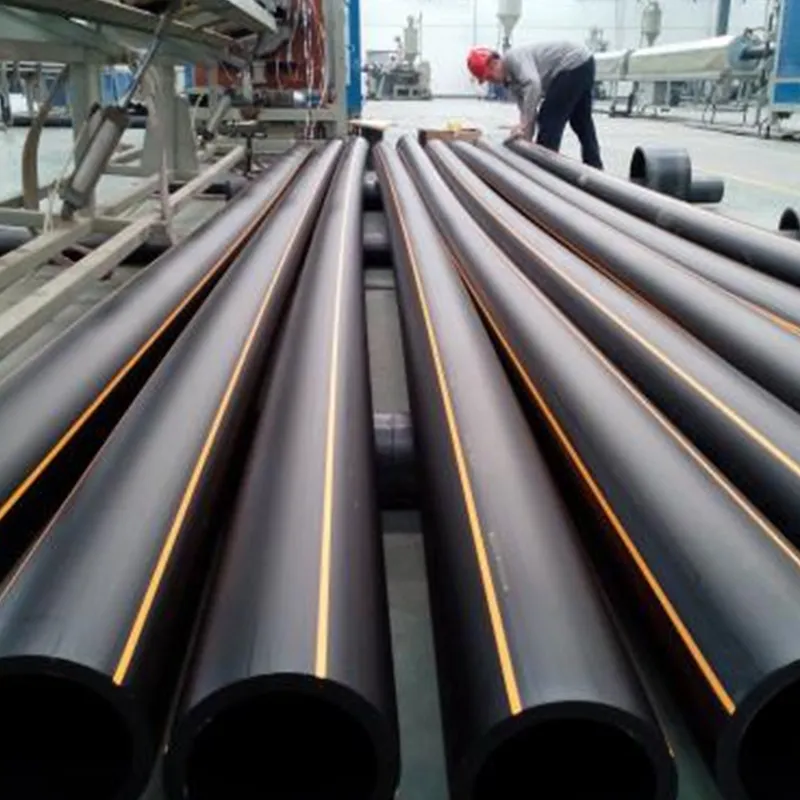
Durability: PE gas pipe is highly resistant to damage from impacts, abrasions, and other external factors. It can withstand the stresses of being buried underground or installed above ground, making it a long-lasting solution for gas distribution.
Flexibility: PE gas pipe is flexible and can be bent or shaped to fit the specific needs of a project. This makes it easy to install and allows for a more efficient use of space.
Corrosion resistance: PE gas pipe is resistant to corrosion from soil and other external factors, making it suitable for use in a variety of environments.
Easy to install: PE gas pipe is lightweight and easy to handle, making it straightforward to install. It can be joined using heat fusion or mechanical fittings, allowing for a seamless connection without the need for glue or other adhesives.
Disadvantages of Using PE Gas Pipe
While PE gas pipe has many benefits, there are also a few potential drawbacks to consider:
Limited pressure rating: PE gas pipe has a lower pressure rating compared to other types of gas pipes, such as steel or iron. This means it may not be suitable for use in high-pressure systems or for transporting large volumes of gas.
Limited temperature tolerance: PE gas pipe can become brittle at low temperatures and may not be suitable for use in areas with extreme cold. It is also not recommended for use in applications where the gas temperature exceeds 140 degrees Fahrenheit.
Potential for misidentification: PE gas pipe is typically yellow, but it may also be orange or black. This can lead to confusion with other types of pipes, such as water or sewer pipes, which may be the same color. It is important to correctly identify the type of pipe being used to avoid mistakes or accidents.
Installing and Maintaining PE Gas Pipe
Proper installation and maintenance are key to ensuring the safe and efficient operation of a PE gas pipe system. Here are some guidelines to follow:
Follow local building codes: PE gas pipe must be installed in accordance with local building codes and regulations. This includes obtaining necessary permits and inspections, as well as following specific guidelines for the size and type of pipe to use.
Use the right fittings: It is important to use the correct fittings and connections when installing PE gas pipe. Heat fusion or mechanical fittings should be used, depending on the specific requirements of the project.
Test for leaks: After installation, it is important to test the system for leaks using a pressure gauge or other approved method. Any leaks should be promptly repaired to prevent the risk
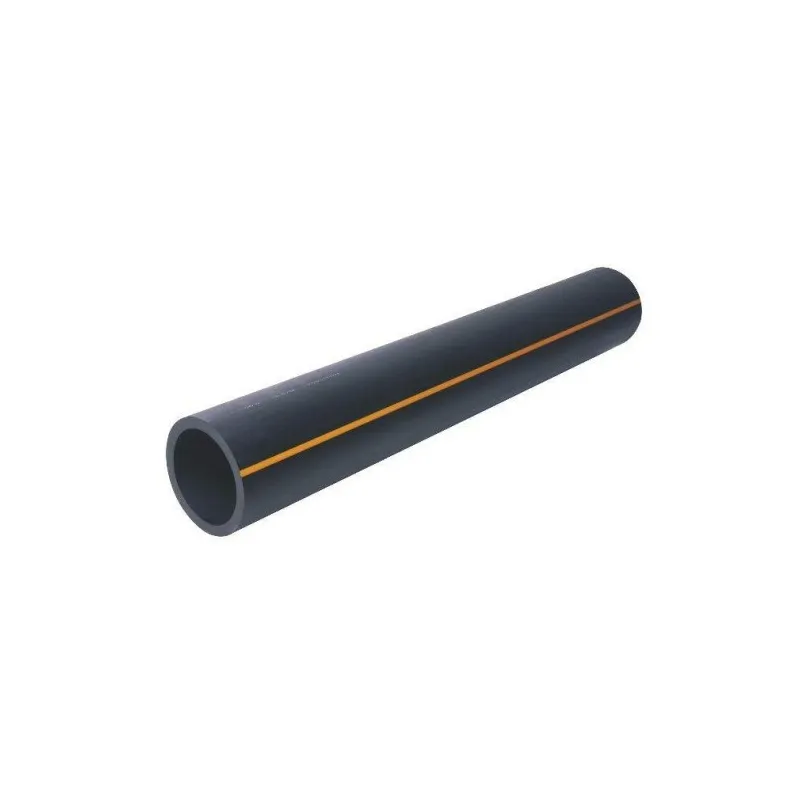
Inorder to right install and maintenance the Haili PE gas pipe you should fllow those step
Installing PE gas pipe involves the following steps:
Plan the route: Determine the most efficient and cost-effective route for the gas pipe, taking into account factors such as the location of the gas meter, the distance from the gas source, and any obstacles that may need to be avoided or overcome.
Obtain necessary permits: Check with your local building department to determine if a permit is required for your project and follow the necessary steps to obtain one.
Excavate the trench: Dig a trench along the planned route for the gas pipe, making sure to follow local codes for the required depth and width of the trench.
Install the pipe: Place the gas pipe in the trench and use heat fusion or mechanical fittings to connect the sections of pipe. Make sure to leave enough slack in the pipe to allow for movement due to temperature changes or ground shifting.
Backfill the trench: Once the gas pipe is installed, carefully backfill the trench using the excavated soil or approved backfill material. Compact the soil to ensure the pipe is securely in place.
Test for leaks: After the gas pipe is installed, it is important to test the system for leaks using a pressure gauge or other approved method. Any leaks should be promptly repaired to prevent the risk of gas escaping into the environment.
Maintaining PE Gas Pipe
Proper maintenance is important to ensure the safe and efficient operation of a PE gas pipe system. Here are some tips for maintaining PE gas pipe:
Follow manufacturer's instructions: Make sure to follow the manufacturer's recommendations for maintaining your PE gas pipe. This may include guidelines for cleaning, inspecting, and repairing the pipe.
Check for visible damage: Regularly inspect the gas pipe for visible signs of damage, such as cracks, punctures, or abrasions. Any damage should be repaired promptly to prevent the risk of leaks.
Avoid placing heavy objects on the pipe: Avoid placing heavy objects, such as vehicles or machinery, on top of the gas pipe as this can cause damage.
Protect the pipe from UV radiation: If the gas pipe is exposed to direct sunlight, consider using a UV-resistant cover to protect it from damaging radiation.
Avoid using chemicals: Do not use chemicals or solvents to clean or maintain the gas pipe as these can damage the plastic material.
By following these guidelines for installing and maintaining Haili PE gas pipe, you can ensure the safe and efficient operation of your natural gas distribution system.

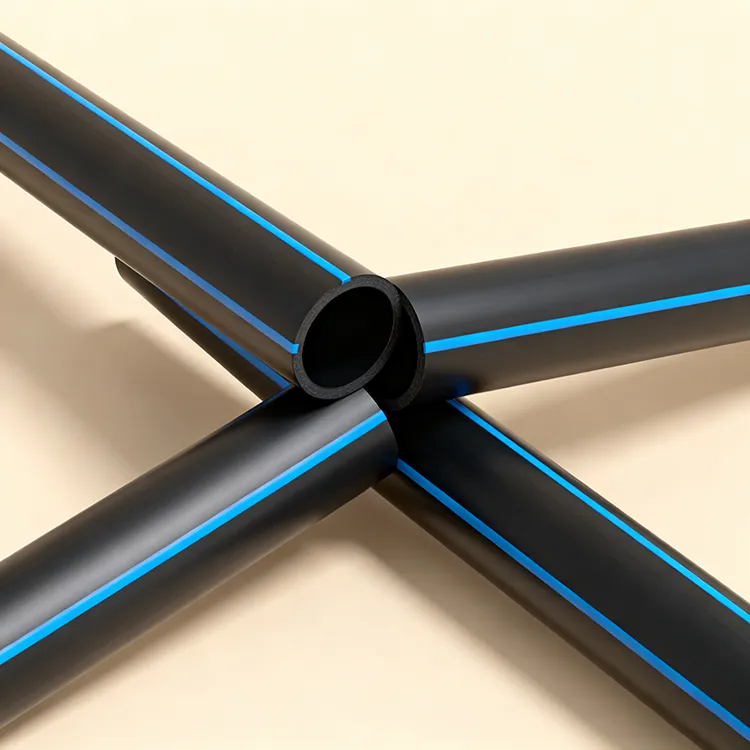
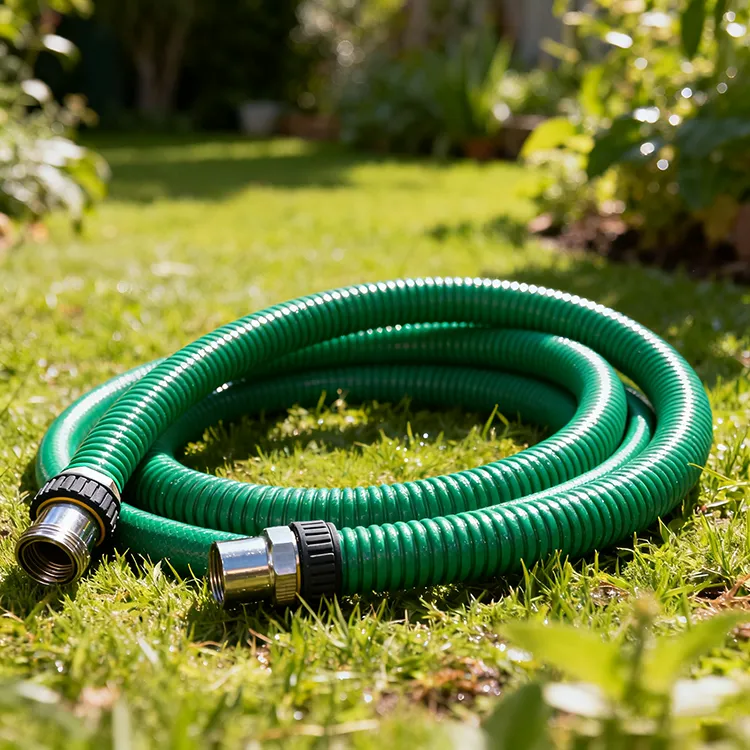

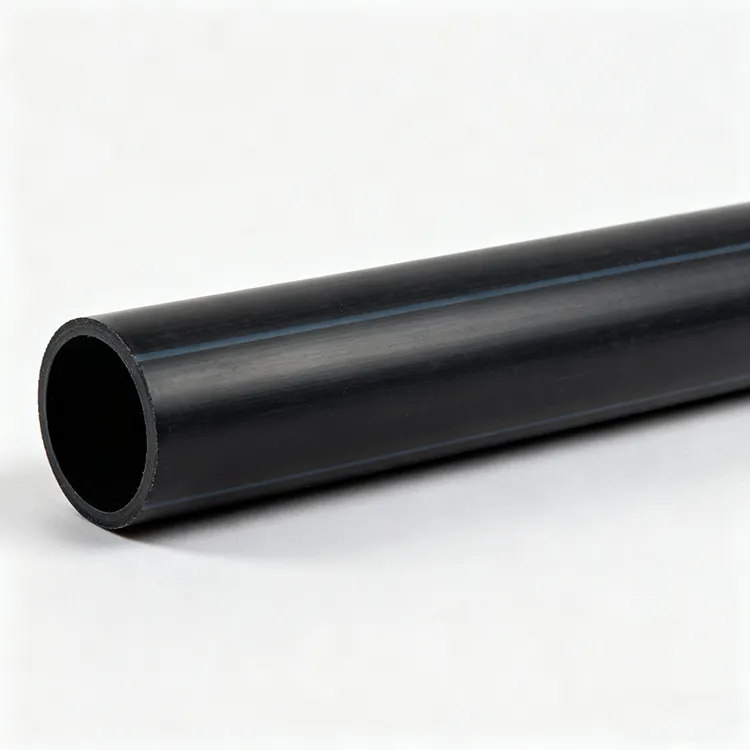
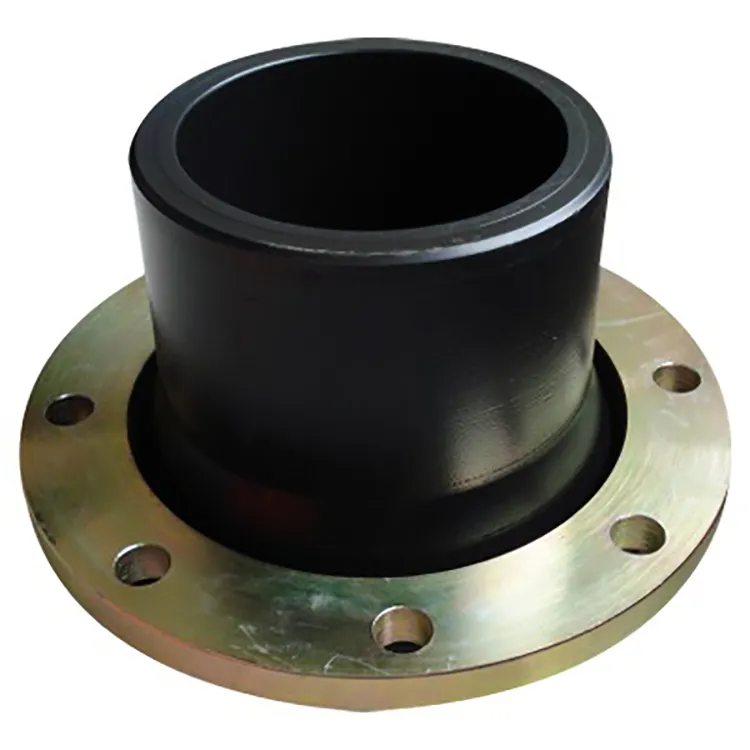


659.webp)
210.webp)
328.webp)
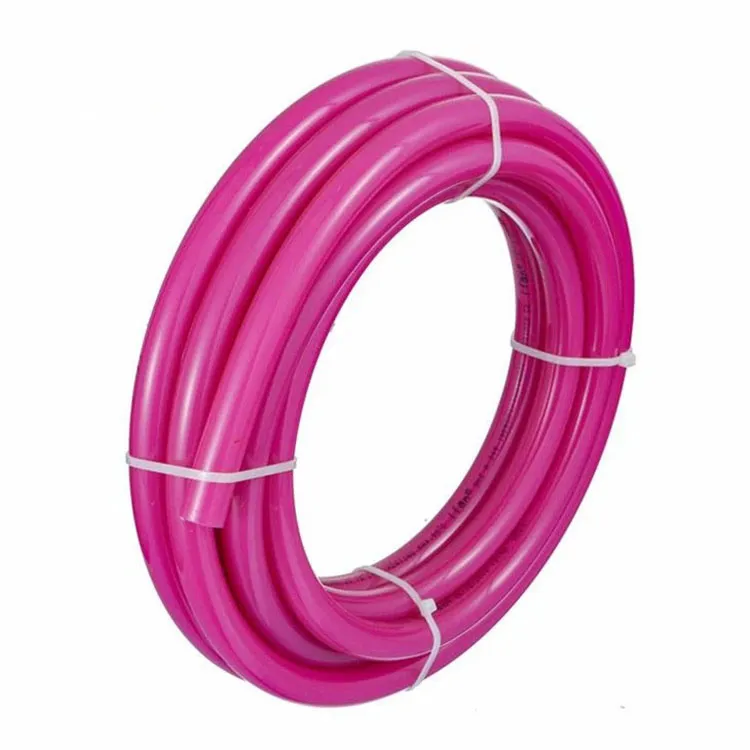
294.webp)
476.webp)


